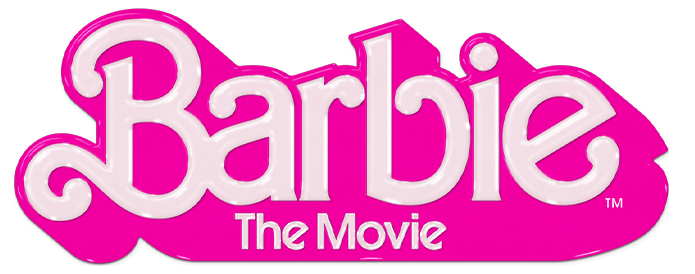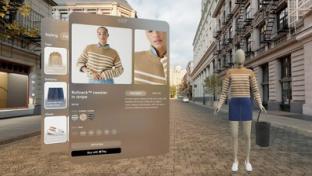How retailers should respond to the ‘Barbie’ and Taylor Swift effect
Pop culture events are more important to retailing than ever, and marketing and merchandising solutions need to enable quick retailer reaction.
Two women ruled the pop culture landscape during this past summer – one fictional and one with a career that almost seems to defy reality. They also both had a significant impact on retail, and smart retailers used technology to capitalize. Let’s look at each phenomenon and what retailers did to turn immense public interest into profit.
‘Barbie’ has a hot girl summer
Released on July 21, the “Barbie” film has surpassed the $1 billion mark in global ticket sales and proven that a movie aimed primarily at a female audience can perform as well as any action thriller or buddy comedy. But it wasn’t only movie theaters that reaped the benefits.
Beyond the expected bumps in “Barbie”-themed toys and books, data from Circana revealed that in the cookware market, dollar sales of pink products grew 27% in the second quarter of 2023 compared to the year-ago quarter and 652% vs. the second quarter of 2019. In addition, unit sales of pink sneakers for adults grew 15%.
The “Barbie” phenomenon is an example of a pop culture event that occurs in all markets simultaneously for an extended period of time. Given how much buildup happened for the film across social media, news outlets, etc. for several months before its release, the long-term burst in sales of pink-themed items was foreseeable.
To optimally capitalize on this type of broader pop culture event, retailers need to be able to quickly and easily redesign both online and in-store marketing and merchandising to reflect the appropriate theme (i.e., for "Barbie" lots of pink, frilly graphics and displays).
They also need marketing and CRM solutions that enable pricing and promotional consistency; as well as flexible distribution, tracking and fulfillment systems that allow the quick reallocation of merchandise from one store or region to another with higher sales of relevant items, or scaling up and down in product supply in case consumer demand turns out to be higher or lower or expected.
A great real-world example of a retailer adjusting its marketing and merchandising strategy to the “Barbie” craze is Walmart. In early July, the discounter rolled out a digital-first shopping experience connecting consumers with top items and curated shoppable carts from Barbie, as well as a few real-life celebrities.
The localized era of Taylor Swift
Pop singer Taylor Swift is arguably the biggest music celebrity on the planet right now. Online demand for tickets to her “Eras” tour, which spanned spring and summer 2023 and earned a record-shattering $2.2 billion, completely overwhelmed ticketing sites early in the year. This was the first clear signal her popularity exceeds normal boundaries.
Swift's popularity was confirmed by actual mini-earthquakes generated by crowd activity at some of her shows. While Swift did tour across the country, the demand she created for certain products was shorter-term and focused on retailers operating in the general vicinity of her concerts.
For example, Jeffries analysts looked at the 2.4 million “Era” concert tickets that were sold and predicted Boot Barn stores could see a significant bump in sales of items such as cowboy hats, sequins, and Western boots (Swift began her career as a teen country star) fans wanted to wear to her shows.
Unlike “Barbie,” this demand would not likely last more than the week or two before a concert (or concerts) up to the date of the performance(s). Retailers selling merchandise that might appeal to consumers engaging in a short-term pop culture event need to have highly localized and efficient planning, allocation and promotional systems that can handle the kind of quick, market-specific burst in activity that results.







